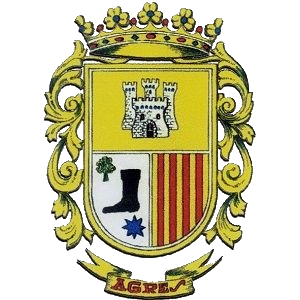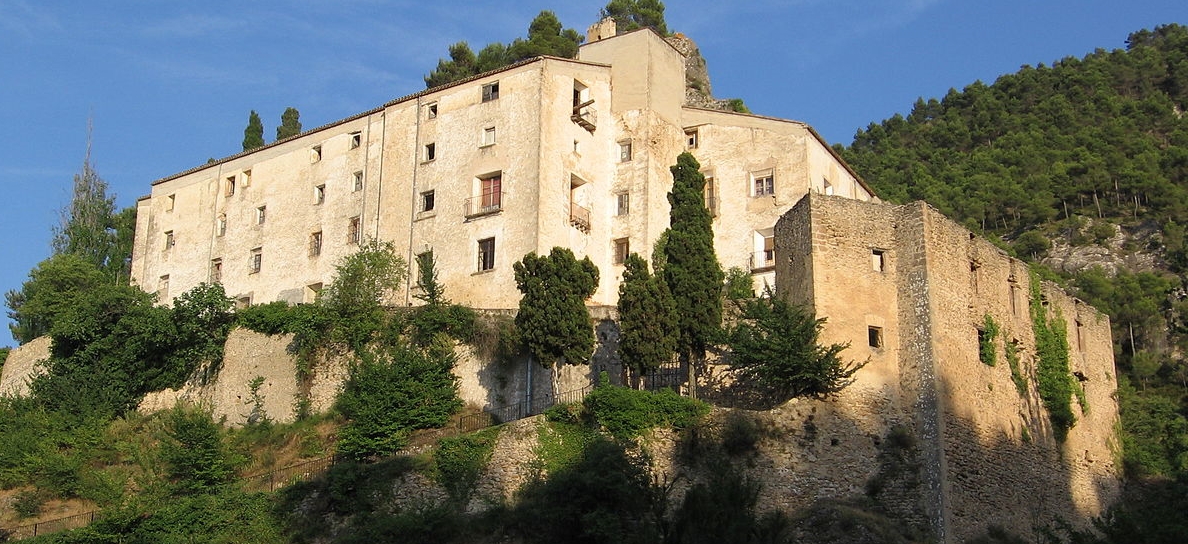It is one of the most emblematic and most visited places of Agres and possibly of the whole region. The influx of people to this environment is counted by thousands weekly, as much for its religious importance as for its natural environment, since it is located within the Mariola mountain range and its natural park.
The tradition narrates that on the last day of August of the year 1484, the Parish of Santa Maria de Alicante caught fire completely, and that the Image of the Virgin disappeared.
The next morning, in Agres a great event happened, “The Coming of the Virgin”.
According to the story, a shepherd, Gaspar Tomas, was the one who found the Virgin, above a huddle in the ruins of the Muslim castle.
That’s where the Virgin gave the pastor the missing arm. This will be the test before the people of the apparition of the Virgin.
The Image was transported to the church, but the next day it had disappeared. And he found himself again in the place where he had appeared. Therefore, they interpreted that the desire of the Virgin was to be venerated in that same place, being constructed in the beginning a humble hermitage.
At the end of the year 1577 was authorized to the foundation of the Convent of the Virgin of the Castle of Agres, thanks to the affluence of the devotees of the Virgin. The following year began the works, and ended up being inhabited by religious Franciscans until second half of century XX.
The original chapel was expanded. It was built a church of a single nave very simple and Renaissance style. The practice of poverty was the central point of religious, hence the simplicity of the building built since it has never been of great architectural proportions. In his first period he stood out for his modesty and austerity. The main income of the house came from the alms and the offerings of the faithful. In times of harvesting, the religious asked for what was collected only in the villages of Agres and Alfafara. But it was such recognition and assistance to the Shrine of the Virgin that at the request of King Philip II, Pope Sixtus V granted in 1586 a bull that granted the grace of begging for all the kingdoms of Spain. This award was confirmed by Benedigto XIV in another bull to the year 1756. The religious took charge of the Sanctuary of the Virgin, had a special purpose cultural animation.
The distances that separated the towns from where the pilgrims came from the Sanctuary made it impossible for a journey to be made. That is why the faithful should spend the night in the same Sanctuary, disturbing the tranquility of the religious. This led to the construction of a building that serves as an accommodation (independent of the convent). The building of which we can still contemplate its ruins today, was built in 1649, and was in use until the end of the exclaustration of 1835. Later it deteriorated until the beginning of the 80’s when the last reforms were made, both Inside and on the roof of the building.
The importance of this place is determined mainly by the great influx of pilgrims and visitors that it receives throughout the year. However, when more visits are made during the month of September, mainly because they are the holidays to the Virgin, and from these, every Sunday of the month are celebrated pilgrimages to the Virgin.

